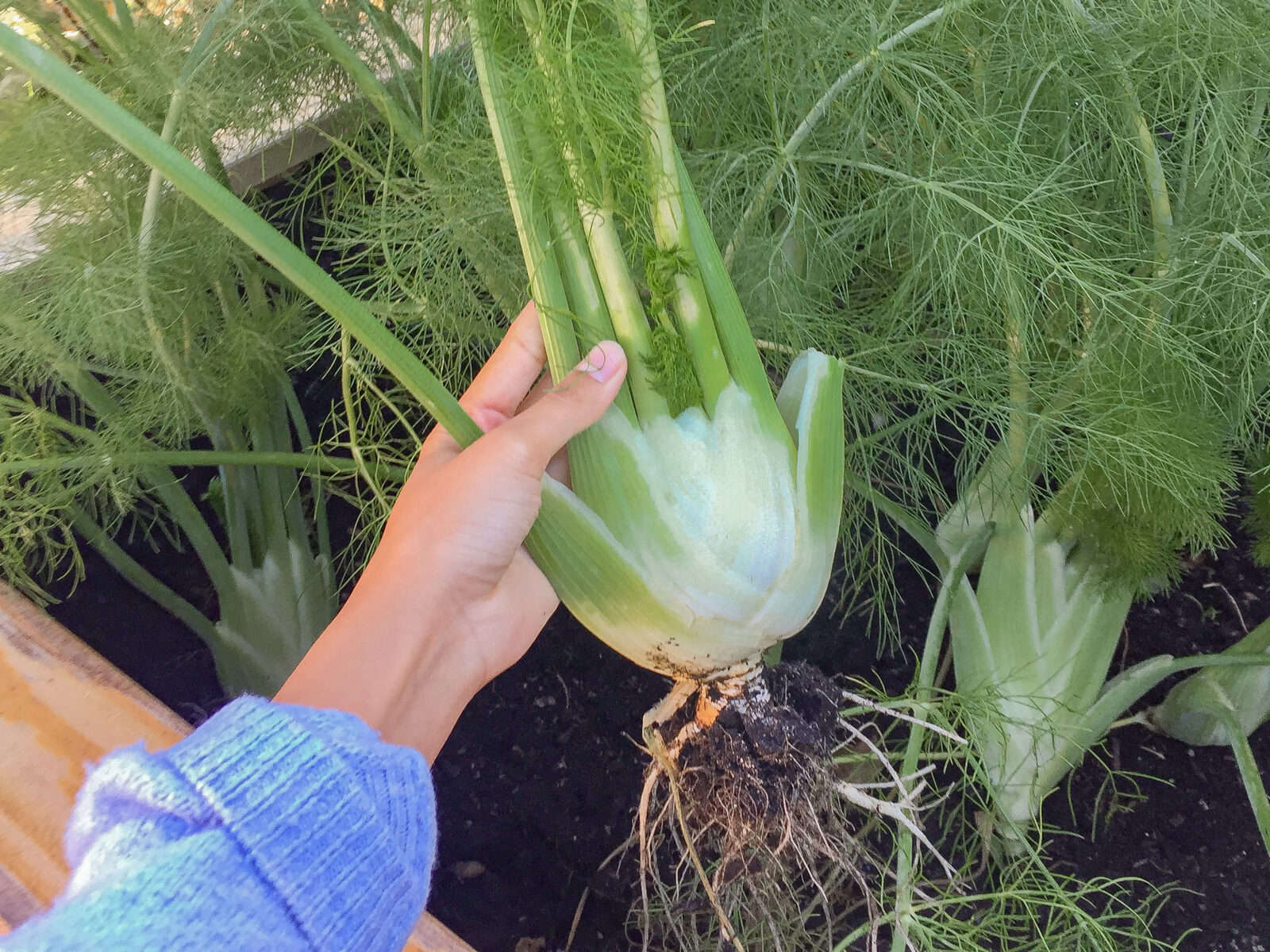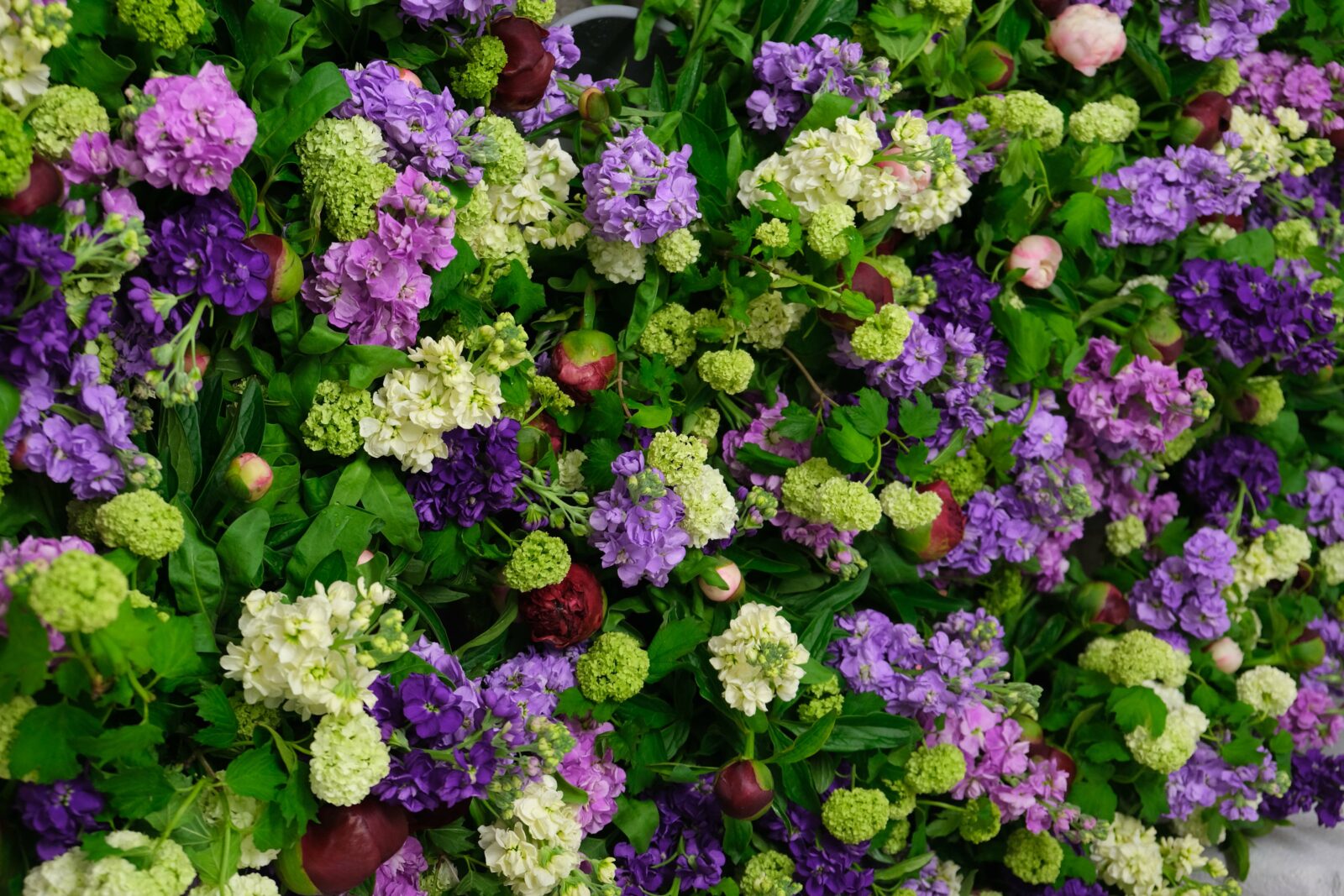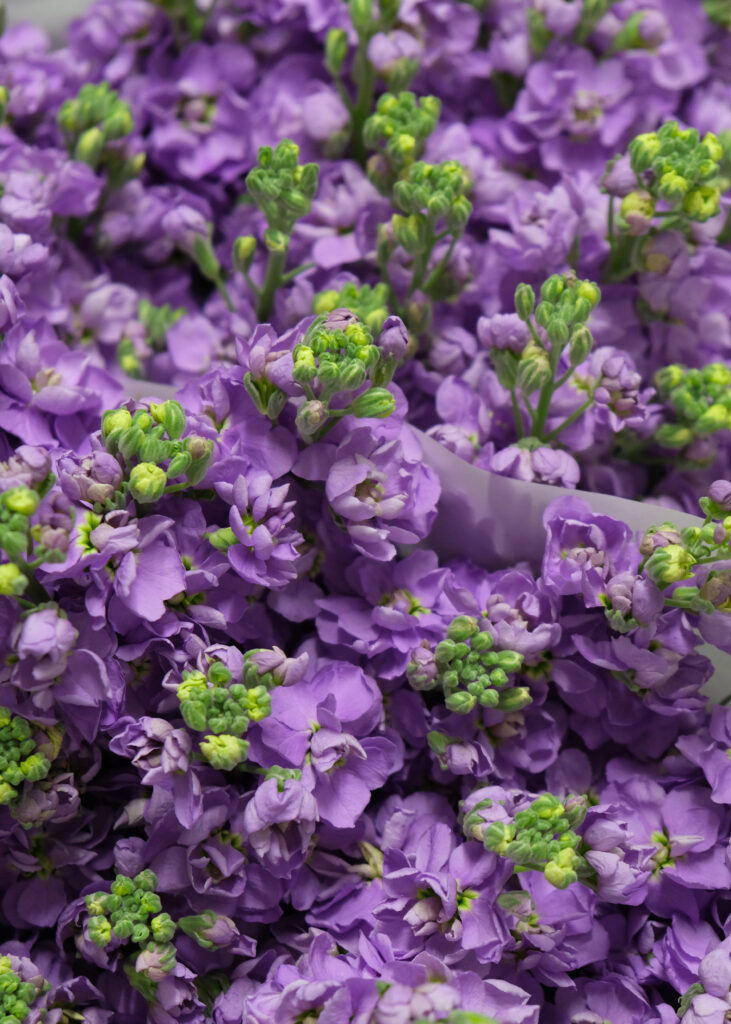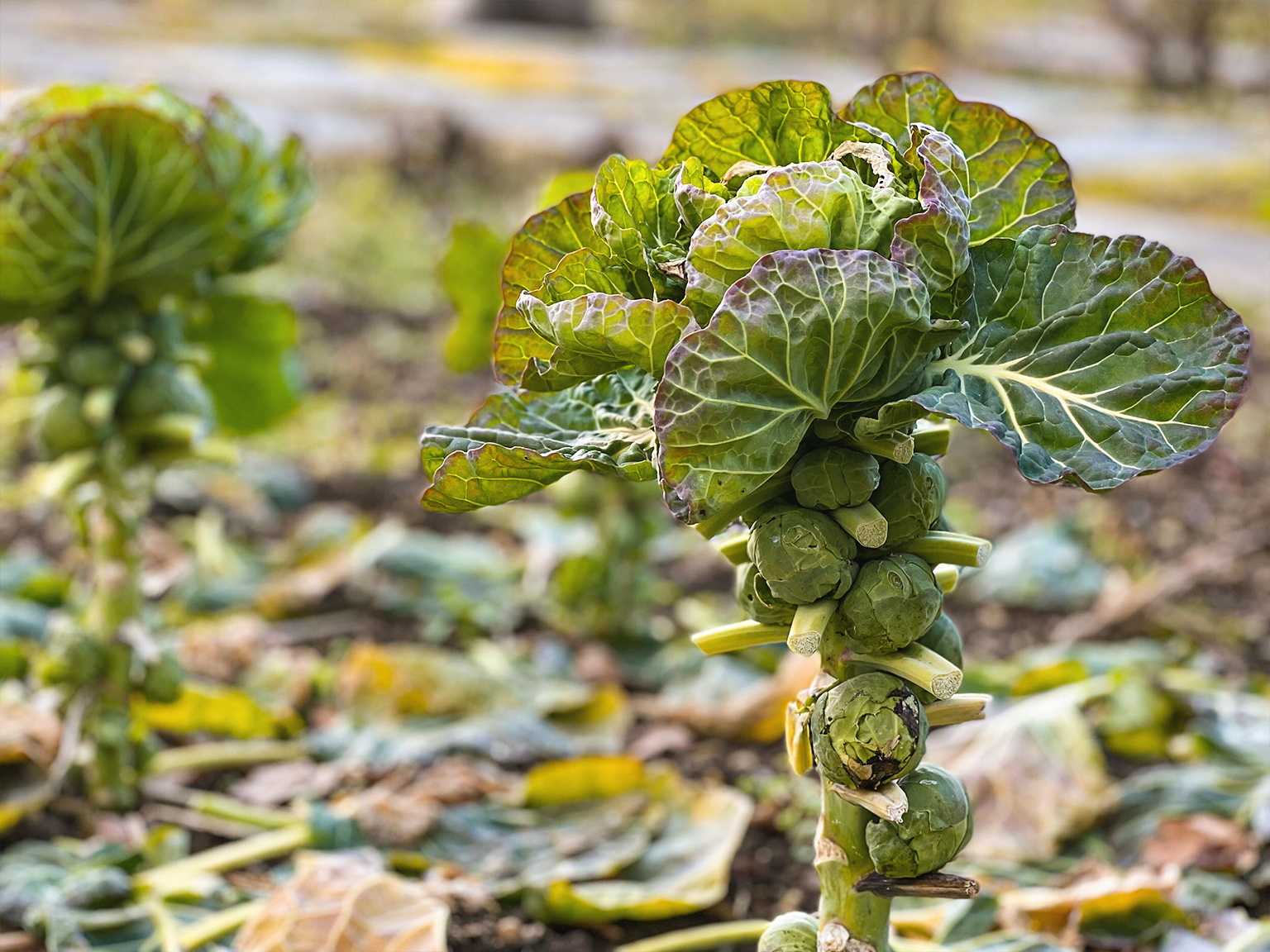
Let’s get down to the nitty-gritty! Whether it’s a self-sufficient garden or a supplement to your weekly groceries, in this article you’ll learn how to start your own vegetable garden, from preparing the soil to planting and caring for your vegetables. Do you have your battle plan ready? If not, be sure to check here first.
1 Preparing the soil
You have defined the places for compost, beds, storage areas and paths in your plan. Now it’s time to measure and mark these places in your garden. And then you can finally start preparing the soil for your beds! This is done as follows:
- Weed (the lawn must also be removed!)
- Dig up the soil (at least 1 spade deep!). You should also remove all roots as much as possible.
- If your soil is rather loamy and dense, it should be 2 spades (called “Holländer”). After doing this, it is advisable to add a layer of coarse-grained sand of at least 10 cm to make the soil more permeable. You can then work this in with a rake or cultivator.
- If necessary, enrich with humus (leaf humus for loamy soil; mature garden compost for sandy soil).
Necessary utensils
To start your vegetable garden, you will need at least:
- a spade
- a large rake with long tines or a hoe to loosen the soil
- a small shovel for planting
- a water supply (watering can, garden hose, etc.)
2 Planting vegetables, etc.
Mind the correct scheduling!
A plan of when to sow which vegetables will make your gardening life so much easier. A garden calendar is suitable for this purpose, whether by hand or in digital form. On the one hand you can organise your days in the garden, on the other hand it allows you to recognise synergies. Which vegetables you could plant together in one bed, for example. This also helps you to avoid depleting your soil.

Of course, sowing and harvesting dates can be delayed by a few weeks depending on the weather. Nevertheless, a garden calendar gives you a good overview and planning control.
Tip: a garden diary! Here you can document when you planted which vegetables in which beds. This not only gives you an overview, but also helps you with crop rotation.
Heavy, medium and light feeders
Vegetables are usually differentiated according to the nutrients they need to grow. Here they are divided into plants with:
- heavy feeders (e.g. spinach, pumpkin, cabbages)
- medium feeders e.g. leeks, beetroot, tomatoes, aubergines)
- light feeders (e.g. lettuce, onions, radishes)
Knowing which type your vegetables belong to is important to ensure your harvest success. Here, too, you will find countless helpful tables on the internet.
Which plants go well together?
Companion planting
Companion planting is when different types of vegetables are planted in the same bed. Many advantages can be used here, which are related to the nutrient requirements of the individual varieties. For example, a plant with a high nutrient demand can be planted next to a light feeder. In this way, the nutrients in the soil can be used optimally. Not only that: the combination of certain types of vegetables can even prevent pests.

But beware: unfortunately, often not both but only one of the two vegetables benefit from companion planting. Nevertheless, it is helpful to keep it in mind. Again, you can find a lot of information on the internet. Here is a table.
Crop rotation
You should have already calculated the area required by your vegetables for your plan. Now divide these vegetables into two groups:
- Main crops: vegetables with a long growing season such as carrots, potatoes, tomatoes, cucumbers, etc.
- Pre and post cultures: vegetables with a short growth period such as lettuce, radishes, leeks, etc.
The combination of a main crop with a pre- or post-crop is called crop rotation. In this case, the two crops are planted in the same bed, but at different times.
Here you have the option of starting either with the pre- and post-cultures or with the main crop – both is possible. However, depending on the type of vegetable and the combination, there are certain advantages. If you want to plant lettuce, for example, you should use it as a secondary crop because it is not sensitive to cold. You can find many tips and plans on the internet regarding this topic. Here is one of them.
As basic rules for the ideal crop rotation combination you can follow vegetables
- with different nutrient requirements,
- with different growing times,
- from different families.
Crop rotation also prevents the one-sided removal of nutrients from your soil. This is especially true when planting heavy feeders. On the other hand, it helps to prevent diseases and pests. Therefore, you should either change the vegetables you are planting or the area where they are grown every year.
Tip: Perennial vegetables are an exception. These include rhubarb, asparagus and strawberries.
Planting for the first time
Potatoes are recommended for the very first planting. This is because they suppress weeds with their foliage and loosen the soil. This should be followed by green manuring before planting the first vegetables.
Your soil is ready for vegetables? Then plant them as follows:
- Spread compost (approx. 3 L / m2 – but absolutely as needed)
- Loosen the soil with a rake or hoe
- Chop the soil until it is fine-grained and crumbly.
- Sow the desired vegetables in beds (follow the product description!)
Tip: Always use fresh seeds! This way you can ensure the best quality and harvest success. For seeds from the previous year, it is best to do a germination test:
- Line a shallow dish with kitchen paper
- Soak lightly
- Scatter a few seeds
- Cover with cling film or a lid
- Place in a sunny spot (e.g. on the windowsill)
Your seeds should germinate within a few days. You can use them in this case. If they do not, you should buy new ones. In case of partial germination, you can use the seeds, but you should sow them more densely.
3 Care
How you should care for your vegetable patch to guarantee a successful harvest depends roughly on:
- Location & weather
- Type of vegetable
- Soil condition
However, there are some rules of thumb you can follow.
How often should you water your vegetables?
You should water your vegetable patch thoroughly every second or third day during the growing season. You will need about 5-10 litres per m2 – but avoid waterlogging! A loamy soil needs more water than a sandy one. You can find more information here.
It is best to water in the morning. This way your vegetables are ready for the day. Moreover, watering in the evening can increase slugs and diseases.

Tip: Not sure if you should water your vegetables? Scrape away a few centimetres of the top layer of soil. If it is moist and dark, you don’t need to water yet. If it is light and resembles the top layer of soil, it calls for the watering can! This trick will also help you if it has been raining.
How often should you fertilise your vegetables?
The best time to fertilise is – depending on the crop – during first plantation (direct incorporation into the soil) and during the main growth phase at the beginning of summer.
When fertilising, of course, the nutrient requirements of the respective vegetable species is also to be heeded. That is, whether it is a light, medium or heavy freeder. In the case of the former, re-fertilisation is often not necessary.
Compost from your own garden is suitable as fertiliser. Ideally, you should make compost at an early stage. Per square metre,
- 1-3 litres of compost for light feeders,
- 3-5 litres for medium feeders and
- 6-10 litres for heavy feeders
are necessary for fertilisation. Otherwise you can use organic plant fertiliser.
Are you already looking forward to your first vegetable garden? We wish you lots of fun and good luck!









